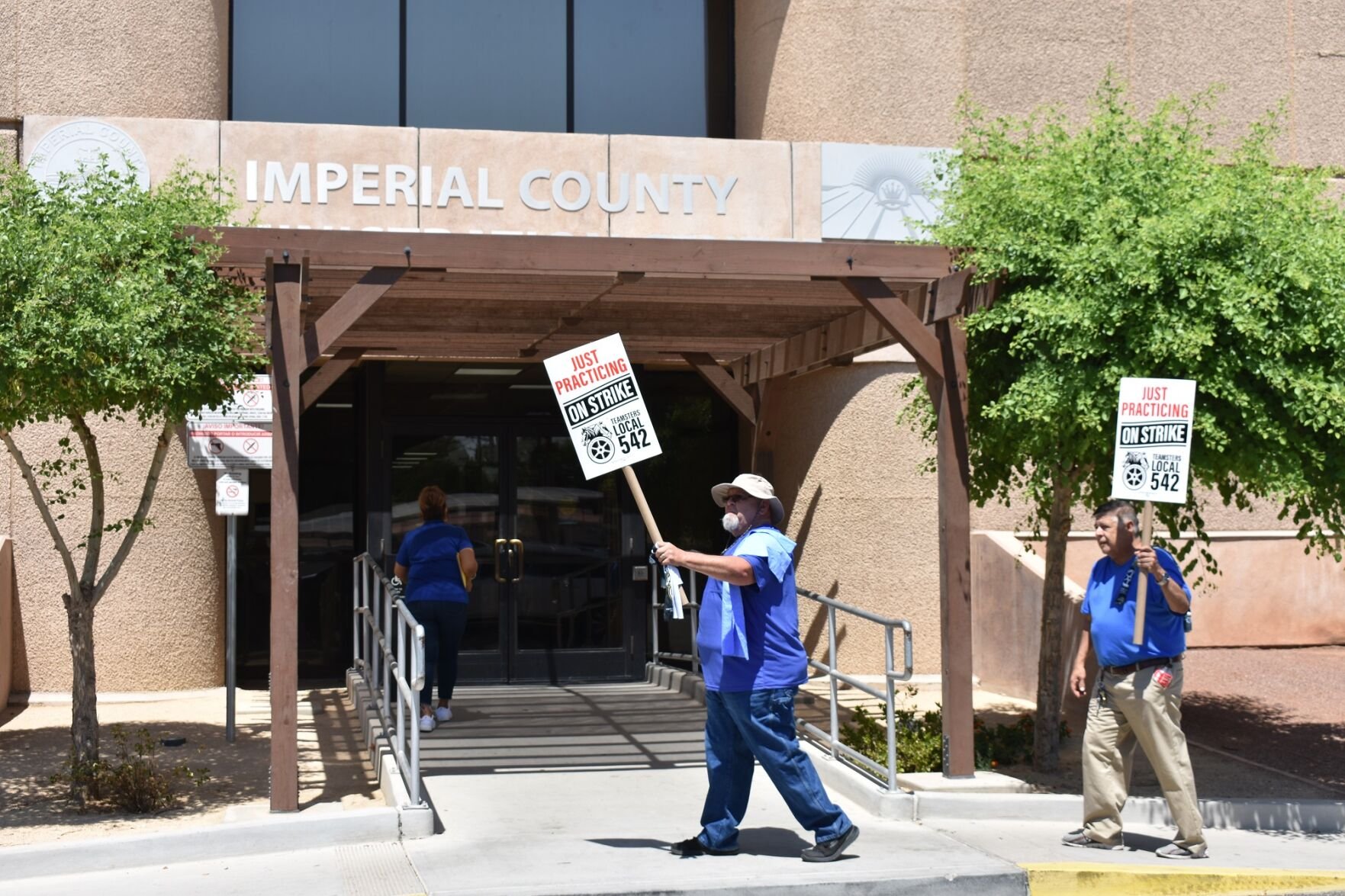A new report indicates that Social Security’s insolvency date might arrive a year sooner than previously expected. With spending outpacing revenue from payroll taxes, the program has begun tapping into its trust fund to pay current retirees, signaling potential financial challenges ahead.
Social Security insolvency date could hit a year earlier, report says
Key Takeaways:
- Insolvency Date Moved Forward: Social Security may become insolvent a year earlier than projected.
- Trust Fund Utilization: The program is using its trust fund reserves to cover current benefits.
- Spending Outpaces Revenue: Expenditures exceed income from payroll taxes.
- Impact on Current Retirees: Financial strain could affect those currently receiving benefits.
- Need for Policy Action: Reforms may be necessary to ensure the program’s longevity.
Social Security’s Ticking Clock
A recent report warns that the insolvency date for Social Security could arrive a year earlier than previously anticipated. This development raises concerns about the future of retirement benefits for millions of Americans who depend on the program.
Dipping into the Trust Fund
Social Security has begun tapping into its trust fund to pay benefits to current retirees. Traditionally, the program relies on payroll taxes collected from the workforce to fund retiree benefits. However, as spending now outpaces revenue, the trust fund is being used to bridge the gap.
Spending Outpaces Revenue
The core issue contributing to the accelerated insolvency date is that Social Security’s expenditures are exceeding its income from payroll taxes. This imbalance places increasing pressure on the program’s financial resources.
Implications for Beneficiaries
The financial strain on Social Security may have direct implications for current and future retirees. If the trend continues, beneficiaries could face potential reductions in their benefits or delays in payments, affecting their financial stability.
Call for Reforms
The prospect of an earlier insolvency date underscores the need for policy interventions. Addressing the spending-revenue gap is crucial to ensure that Social Security remains solvent and continues to provide for retirees as intended.
Looking Ahead
As Social Security’s financial challenges come to the forefront, stakeholders and policymakers are urged to consider solutions. Ensuring the longevity of the program is essential for the economic well-being of current and future generations.











